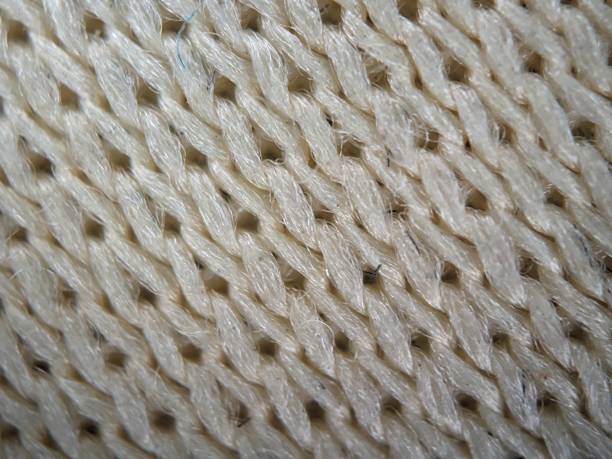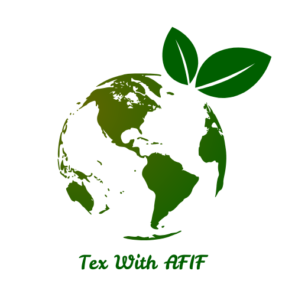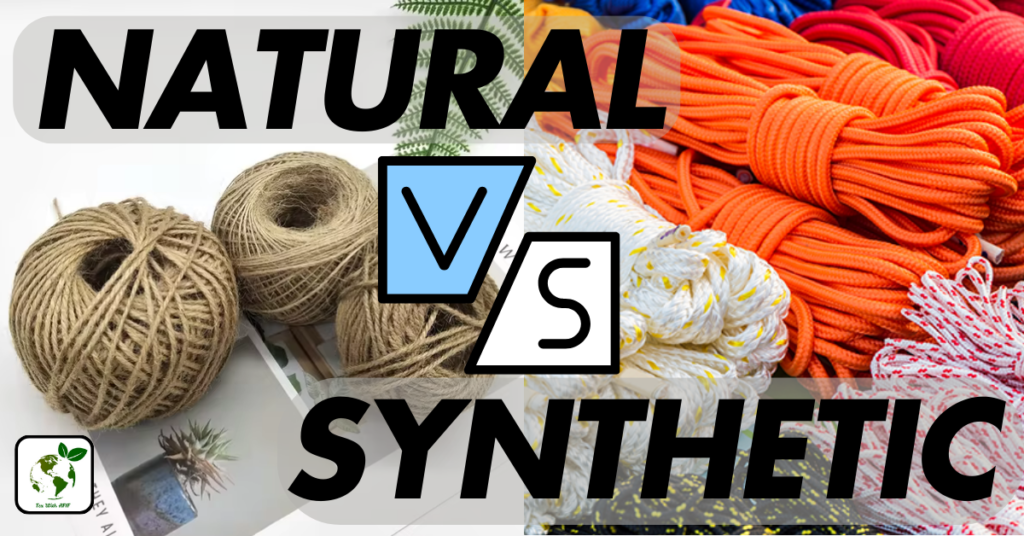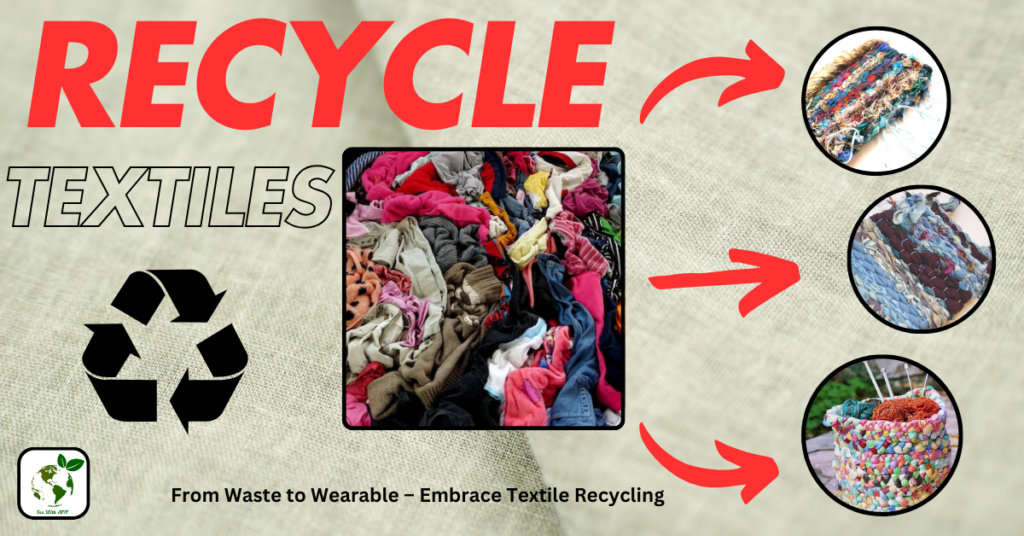Hello,well-wishers!! It’s me, AFIF AL TAMIM. Today I will discuss the process of making Rayon. Stay tuned.
Often termed “artificial silk, rayon is a flexible, semi-synthetic material that is valued for its softness, smooth texture, and capacity to replicate natural textiles like silk, cotton, and wool. The natural cellulose used to make rayon comes from plants, usually wood pulp, as opposed to completely synthetic compounds like polyester. This is a thorough examination of the intriguing process of turning cellulose into rayon fabric.
Obtaining the Raw Ingredient
Cellulose is first extracted from wood pulp in order to produce rayon. Typical sources consist of:
- Softwood trees include hemlock, pine, and spruce.
- Hardwood trees, such as eucalyptus and beech.
- bamboo and other plants high in cellulose.
- The cellulose, which is essential for the creation of rayon, is separated from the wood by chipping it into tiny bits and treating it chemically.
Making Alkali Cellulose from Cellulose
After being refined, cellulose changes chemically:
- Steeping: To create alkali cellulose, the cellulose is immersed in a sodium hydroxide (caustic soda) solution.
- Pressing: A firm, crumbly mass of cellulose is left behind when extra liquid is squeezed out.
- Shredded: To enhance its surface area for the following step, this bulk is broken up into tiny pieces that resemble sawdust.
Xanthation and Aging
To enable partial oxidation, which is essential for the following chemical process, the shreds of alkali cellulose are aged in a regulated setting.
Xanthation: A yellowish, sticky substance called cellulose xanthate is created when aged cellulose combines with carbon disulfide.
Dissolving into a solution of viscosity
The cellulose xanthate is dissolved in a weak sodium hydroxide solution, yielding a viscous, honey-like liquid called viscose. This phase is essential to referring to rayon by its other name, “viscose rayon.”
Filtering and Aging
To guarantee homogeneity and get rid of contaminants, the viscose solution is filtered. Depending on the finished fiber’s desired qualities, it is then let to mature for a few hours or even days.
The Fibers Are Spun
A spinneret, a device with microscopic holes, is used to pump the viscous solution into an acid bath, often sulfuric acid. Through a process known as regeneration, the liquid viscose solidifies in this solution into long, continuous fibers.
Cleaning and Whitening
To get rid of any remaining chemicals, the newly created rayon fibers are thoroughly cleaned. They are bleached at this point if a brighter hue is preferred.
Final Processing and Drying
Strength and elasticity are increased by stretching the cleaned fibers to align their molecules. They can either be left as continuous filaments, ready to be spun into yarn or woven into fabric, or they can be cut into short lengths (for staple fibers) once they have dried.

Types of Rayon:
- The most popular kind is viscose, which is utilized in household textiles, upholstery, and apparel.
- A more robust and resilient type is frequently utilized in sportswear and undergarments.
- Lyocell (Tencel): A closed-loop, environmentally friendly rayon substitute.
Negative sides of Rayon fiber:
- Environmental Impact: Deforestation (unsustainable wood sourcing), chemical pollution (toxins like carbon disulfide), high water and energy consumption in production.
- Durability Issues: Weak when wet (can tear or stretch), low resistance to abrasion.
- Maintenance Challenges: Prone to wrinkling, shrinks when washed, fades over time.
- Health Concerns: Chemical residues may cause skin irritation.
- Non-biodegradability: Can break down slowly compared to natural fibers.
- Microplastic Pollution: Contributes to microplastic contamination in water.
- Labor Conditions: Unsafe working conditions in some manufacturing plants.
Conclusion
Rayon is a popular choice in many industries because of its exceptional ability to blend the comfort of natural fibers with the adaptability of synthetics. Understanding how it’s manufactured reveals the innovation behind its invention and the ongoing efforts to make this cloth more sustainable.




Pingback: What is GSM in textile ? Light-Medium & Heavy weight 2025